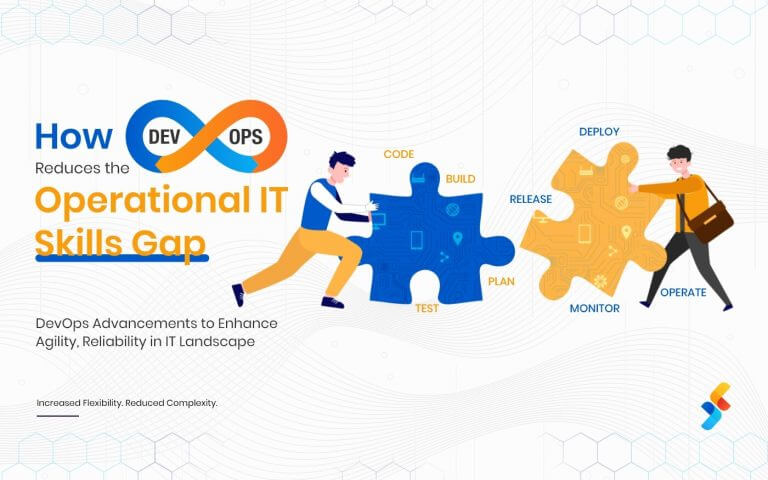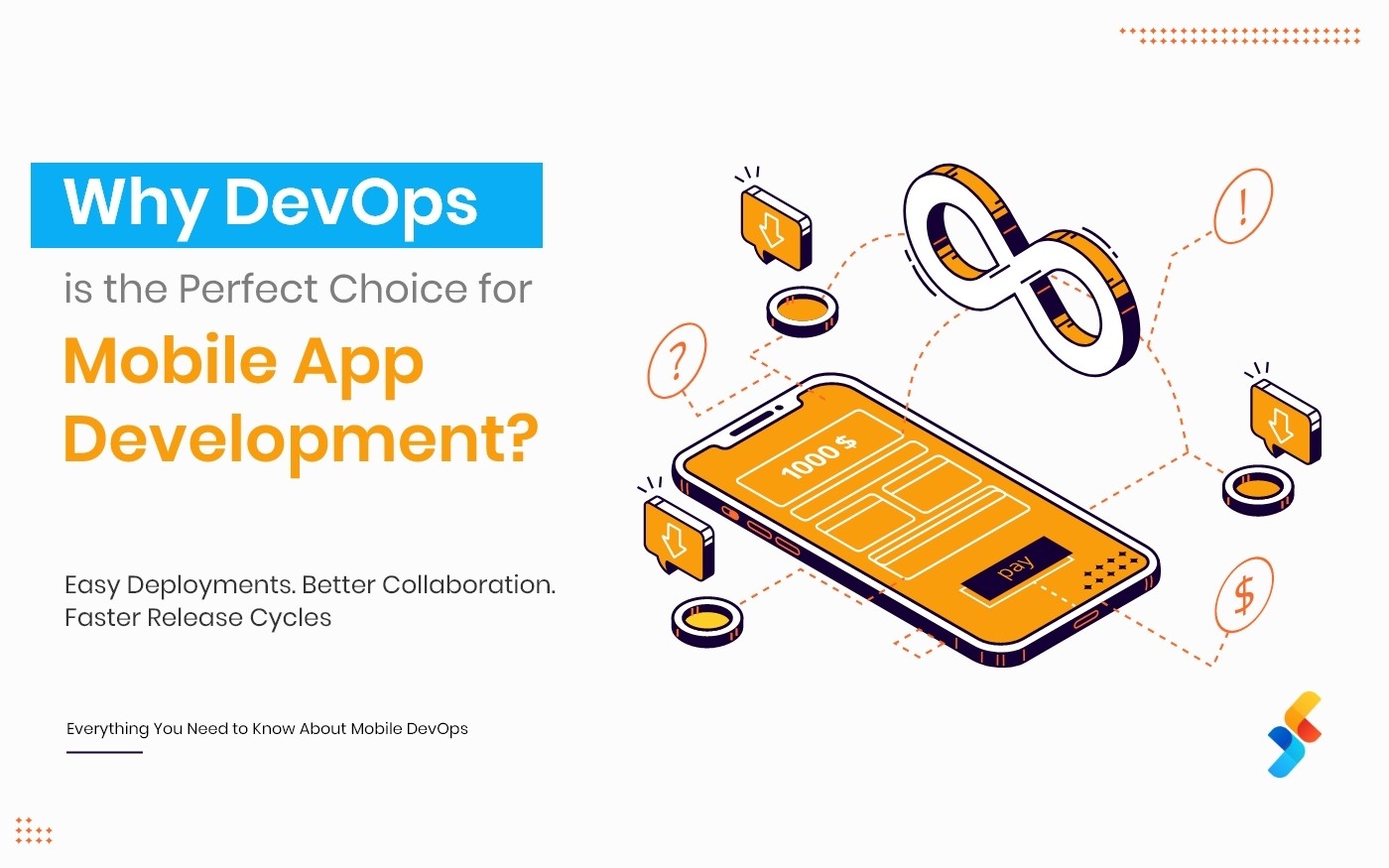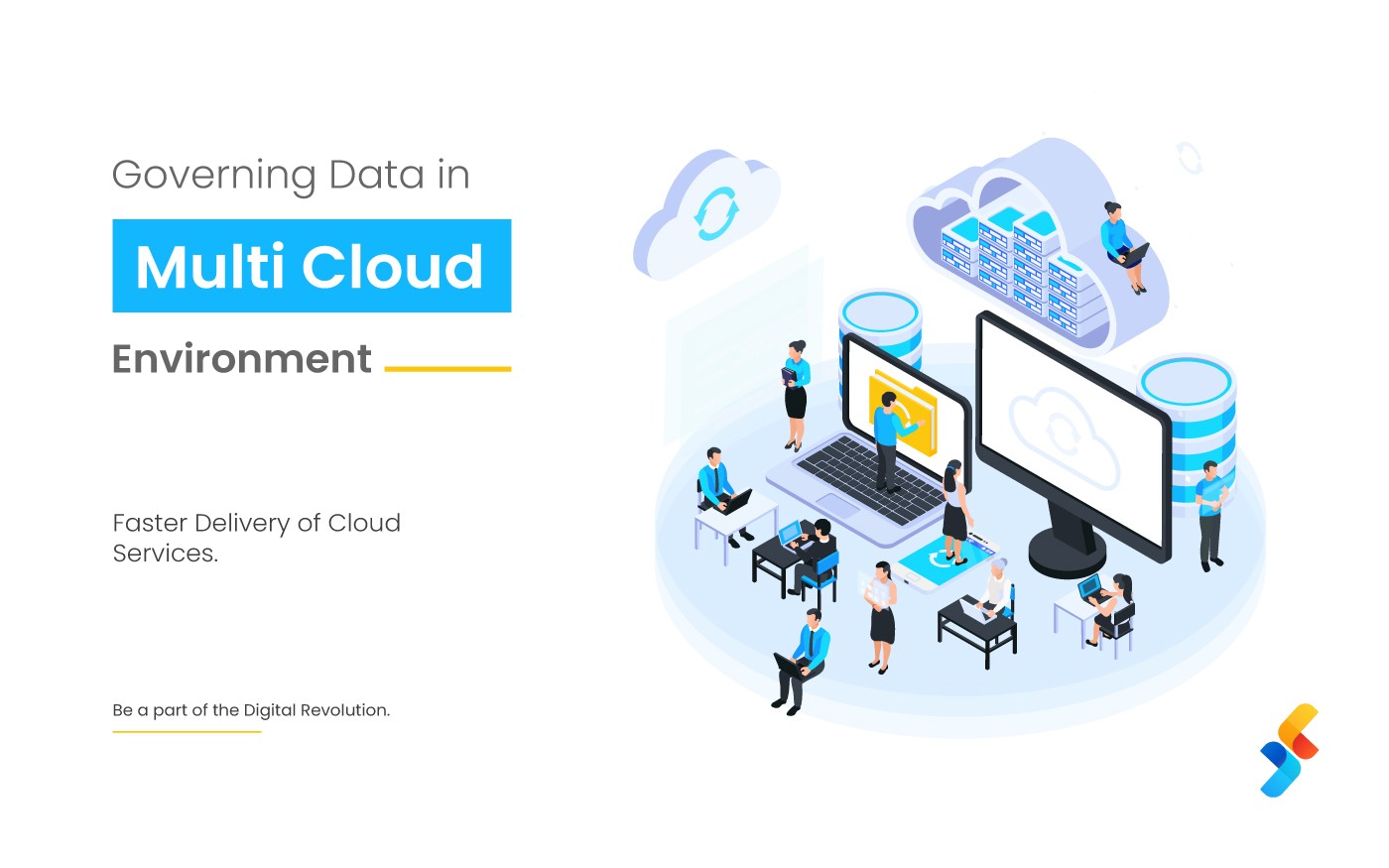With the new face of digital evolution, cloud strategy is not and cannot be a matter of IT; instead, the cloud strategy is a part of enterprise growth, scalability, and resilience. One of the most burning questions that have to be asked by CIOs operating in such a complicated ecosystem is a question related to Multi-cloud as opposed to Hybrid Cloud, which form of cloud is the one that fits the goals of your organization the best?
With enterprise priorities changing to focus on the long-term optimization of the cloud rather than merely adopting it reasonably, there is a need to comprehend the strategic distinction between multi-cloud and the hybrid cloud. They both have flexibility and are scalable, although the consequence affects governance, security, cost, and performance in a wide manner—making a robust multi cloud management platform essential for streamlined control and oversight.
Within this blog we are going to examine some of the main distinctions, practical applications, and the pertinent questions that CIOs need to consider before taking a direction. Whether you are vigorously updating legacy systems or you are ramping up mission-critical applications, your cloud architecture choice will define your enterprise many years to come.
Understanding the Basics: Multi-Cloud vs. Hybrid Cloud
What is a Hybrid Cloud?
The Hybrid cloud structure is the unification between the on-premises environment (a traditional data center or even a private cloud) and the public cloud like AWS, Azure, or Google Cloud. The target is to combine the finest of the two worlds: being able to take control of sensitive workloads, and still having access to the elasticity of the public cloud.
Hybrid cloud allows portability of data and application between cloud environments, in many cases using orchestration software that coordinates processes across platforms. It is mostly adopted by enterprises that require it to be compliant, drive more efficiency out of an existing legacy infrastructure or need to progressively go cloud first.
What is a Multi-Cloud?
By contrast, multi-cloud is an application of two or more clouds (i.e. public cloud providers). As opposed to the hybrid cloud, multi-cloud does not always incorporate on-prem infrastructure. Enterprises are using multi-cloud to prevent lock-down to individual vendors, optimization of workloads across the different platforms, and redundancy.
As an example an organization might use Google Cloud to manage its analytics workload because of the best AI/ML offerings, AWS to manage its compute intensive and Azure to manage its Microsoft based workloads.
Also Read: Understanding Multi-cloud Environment: Benefits and Challenges for Healthcare Industry
Why the Distinction Matters for CIOs
Though both hosting architectures are flexible, multi-cloud vs. hybrid cloud is not only a question of technology it is also one of strategy.
- Hybrid cloud would be the best model used in enterprises that already have legacy systems, severe compliance needs or which include use-case scenarios that need to remain on-premises.
- Multi-cloud suits an organization that is targeted to grow performance, its vendor diversification, or to have service abilities that a single vendor fails to accomplish.
The insight about these dynamics is a fundamental element that should help the CIOs construct a future ready IT ecosystem.
Hybrid Cloud: Strategic Use Cases
Hybrid cloud consulting has increased its popularity in reaction to the industries that have latency/privacy/regulatory demands that are not negotiable. Such can be the examples:
- Financial Services
Banking organizations need to store sensitive customer information in data centers at home whilst using the cloud to detect frauds or to perform real-time analytics. A hybrid cloud can make them equally compliant with regulators as they adopt the cloud innovations.
- Manufacturing
Edge computing can be implemented on an on-premises data center that houses factories that need real-time information about IoT devices, but want to offload data analysis workloads to a public cloud datacenter. The hybrid strategy will guarantee low latency and central intelligence.
- Healthcare
Hospitals can utilize on-prem servers in regard to the electronic medical records (EMRs) and leverage the cloud in relation to the telemedicine or patient engagement platform keeping the information possessed by patients secure and available.
In each of these, hybrid cloud consulting assists the businesses to match legacy systems to ready infrastructures that are cloud-friendly and secure data transport and integrated management.
Multi-Cloud: Strategic Use Cases
Enterprises embracing multi cloud strategies are typically further along in their cloud maturity. Their motivations include:
- Prevention of Vendor Lock-In
Dependence on one cloud provider is one of the greatest threats to enterprise CIOs. Multi-cloud counters this by distributing the load on various platforms and enables the businesses to have greater negotiation power and flexibility.
- Performance Optimization
The capabilities of various providers are different. As an example, it is possible to operate AWS as a resource in high-availability compute and GCP as a resource in data science and Azure as a resource in windows-based applications. Best-of-breed services can be utilized via multi-cloud.
- Redundancy and Risk Management
Workloads that are mission-critical can be hosted on several clouds which prevents downtime. When one provider experiences outage, workloads may failover to another- and this keeps the business running.
Nevertheless, a multi-cloud environment needs to be processed by mature orchestration, uniform policy and robust internal control. The emergence of multi cloud consulting services is an indication that is as a result of increased demand by enterprises to have a coordinated manageable framework.
Key Questions CIOs Should Ask
The first thing that CIOs should do when comparing multi-cloud to a hybrid cloud is to ask the following questions:
- What are our business imperatives to cloud adoption?
Do you focus on the principal scale, compliance, modernization, or performance? The best-fit architecture could be determined by understanding your highest priority.
- What then is our legacy infrastructure bottleneck?
When you need to stick with on-prem systems because you need the compliance, latency, or cost, it can be the next logical step into hybrid cloud.
- Are we capable of dealing with complexity using our tools and talent?
Multi cloud requires an efficient DevOps, security governance, and multi-cloud management platform. Compared to how ready your team will be.
- How risk averse are we?
Hybrid cloud decreases the dependency on one provider but complicates the operations. Multi-cloud spreads the risk but comes with increasing maturity of orchestration.
- Are we cost optimizing or capability optimizing?
Hybrid approaches (offloading workloads) are rarely optimal in terms of cost as is often the case with capability optimization, which gravitates toward using multi-clouds deployment with provider strengths.
Hybrid Cloud Consulting: The Importance of It
Even with the increased cloud adoption, it has been identified that there is still a significant portion of enterprise workloads that are using legacy infrastructure. This is the reason hybrid cloud consulting has emerged as an essential companion of business tech change.
Such consultants help you develop a phased migration strategy and an assessment of the current stack providing assistance in integrating cloud-native tools without reducing the level of compliance. They also recommend such tools as Kubernetes, Istio, or VMware Tanzu to manage environments.
Expert consulting can help assure that enterprises do not merely lift-and-shift to hybrid as the complexity increases, instead, ensuring enterprises are resilient, secure, and perform optimally.
Multi Cloud: The Road to Maturity
Although the spread of multi-cloud is increasing, not all people are prepared to deal with the complexity of it. The successful organization in a multi-cloud environment:
The Cloud-Native developer teams have:
- Two tools to employ: two tools to focus centralized monitoring/policy enforcement
- A cross-provider cloud governance model should be adopted
- Join the API-driven and DevOps at scale bandwagon
The route perfectly suits organizations that have established clouds and seek to innovate fast by using a number of vendors. Multi cloud vs. hybrid cloud is an investment that CIOs will have to evaluate but they have to assess their maturity of operation first.
Real-World Example: Hybrid First, Then Multi
The most popular ventures begin with hybrid cloud, gradually modernizing and becoming multi cloud as the teams and systems grow up.
The example of a multinational retail store can be considered:
- Phase 1: Transfer core business to Azure on the basis of its dependence on Microsoft ecosystem. Payments systems should be on-prem to support security and latency.
- Phase 2: Scale up with the addition of AWS to deal with high seasonal analytics.
- Phase 3: Bring GCP to AI personalization on a more sophisticated level.
Outcome: A progressive hybrid to multi-cloud changeover running in line with business-driven expansion and capability to operate.
Final Thoughts: It’s Not Either/Or—It’s Strategic Fit
The multi cloud vs hybrid cloud debate is not about which of the two is superior but which of the two is superior, to you at this moment.
- Select hybrid cloud when you want to bridge legacy systems, or when you have compliance demands, or you want to do a progressive phase to the cloud.
- Select multi cloud when you are performance optimizing, lessening the amount of dependence on vendors, or seek innovating in scale across the platforms.
Wherever your journey, you must have the right partners specializing in hybrid cloud consulting or multi cloud strategy. They assist you in taming complexity, de-risking, and making your cloud architecture reflect business strategy.
With cloud maturity permeating as a competitive edge to enterprise success, CIOs have to guide like an orchestra conductor, enquiring the correct questions and making the right investments in partners.












